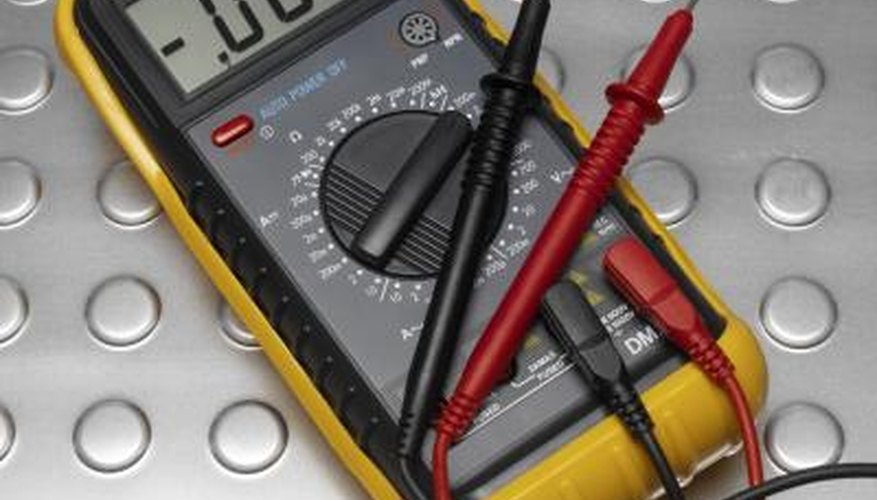Save money by creating your own ballast resistor for a science project or even home use. Resistance measures an object's ability to limit the flow of electricity when voltage is applied. Ballast resistors provide exactly this service to fluorescent and other high voltage lamps. In basic form a ballast resistor consists of a rectangular piece of ceramic with two terminals protruding from it. Using ceramic allows the device's resistance to change when exposed to different temperatures. When used in conjugation with a lamp the ballast resistor prevents the light from drawing too much electricity and burning out.
- Save money by creating your own ballast resistor for a science project or even home use.
- When used in conjugation with a lamp the ballast resistor prevents the light from drawing too much electricity and burning out.
Draw a straight line with a ruler across the centre of the ceramic tile. Use an approximately 5-by-5 inch wide piece of ceramic. If desired, shortening of the tile is always possible later. Thickness of the tile should be at least a quarter inch to allow room for inserting screws. Measure in a 1/2 inch from each side of the tile and mark on the line a "X" on each side.
Drill a hole in the ceramic tile at each drawn "X." Make the hole just smaller than the screws that you have available. Use screws of length of 1/2 inch or less to get better conduction. Also, use a small diameter screw, such as 1/4 inch or 7/32 inch, to prevent tile cracking. The type of metal the screw is composed of does not matter, since all metals conduct electricity. If available, copper plated screws conduct the best.
- Drill a hole in the ceramic tile at each drawn "X."
- Make the hole just smaller than the screws that you have available.
Insert a screw into each hole in the ceramic tile. Do this slowly to not crack the tile. Leave the head of the screw at least an eighth inch above the tile. This will give provide room for connecting a wire to the screw. The homemade ballast resistor is complete.
Turn on the digital multimeter. Change the measurement setting to "resistance in ohms." Usually, the capital Greek letter "Ω" --- also known as "omega" --- designates ohms. If you do not have a self ranging multimeter, you may have to switch between the different ranges on the device to get a reading.
Connect the red and black alligator clips of the multimeter to the two screws of the ballast resistor. The resistance of the ballast is displayed in the multimeter screen in ohms. If more or less resistance is desired, respectively increase or reduce the size of the ceramic tile. Increasing tile thickness will also increase resistance. Similarly, using a thinner piece of tile will decrease resistance.
- Turn on the digital multimeter.
- If more or less resistance is desired, respectively increase or reduce the size of the ceramic tile.
